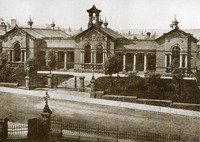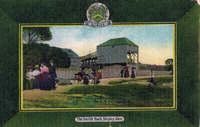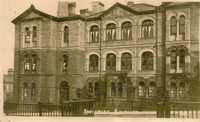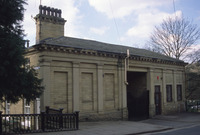Places
Item set
- Identifier
- COL44
- Title
- Places
- Description
- Names of places associated with an item, such as the place of creation, or of use.
- Type
 Salt High School building, Saltaire, West Yorkshire, United Kingdom
Salt High School building, Saltaire, West Yorkshire, United Kingdom  Salts Mill, Saltaire, West Yorkshire, United Kingdom
Salts Mill, Saltaire, West Yorkshire, United Kingdom  Shipley Glen, Shipley, West Yorkshire, United Kingdom
Shipley Glen, Shipley, West Yorkshire, United Kingdom  Sir Titus Salt's Hospital building, Saltaire, West Yorkshire, United Kingdom
Sir Titus Salt's Hospital building, Saltaire, West Yorkshire, United Kingdom  Stables building, Saltaire, West Yorkshire, United Kingdom
Stables building, Saltaire, West Yorkshire, United Kingdom